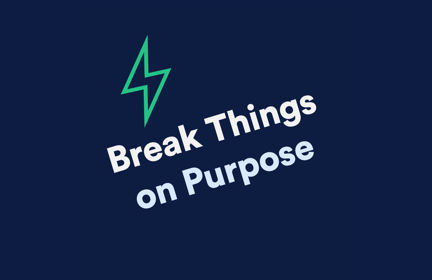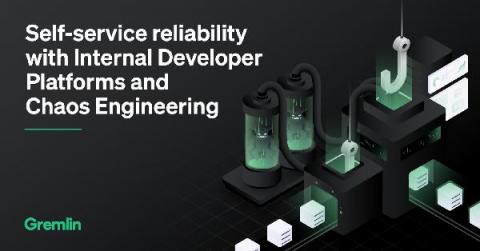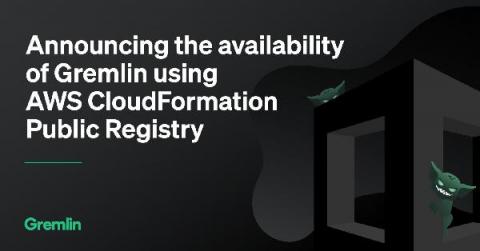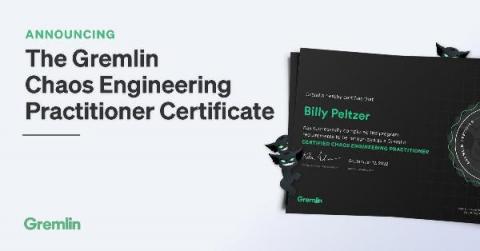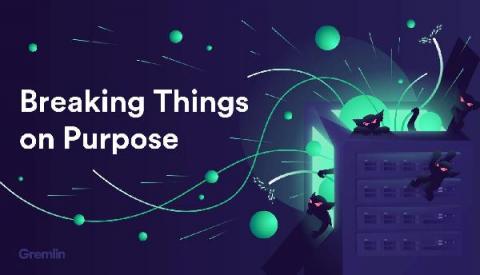Podcast: Break Things on Purpose | Zack Butcher, Founding Engineer at Tetrate
Welcome back to another edition of “Build Things on Purpose.” This time Jason is joined by Zack Butcher, a founding engineer at Tetrate. They also break down Istio’s ins and outs and the lessons learned there, the role of open source projects and their reception, and more. Tune in to this episode and others for all things chaos engineering!


